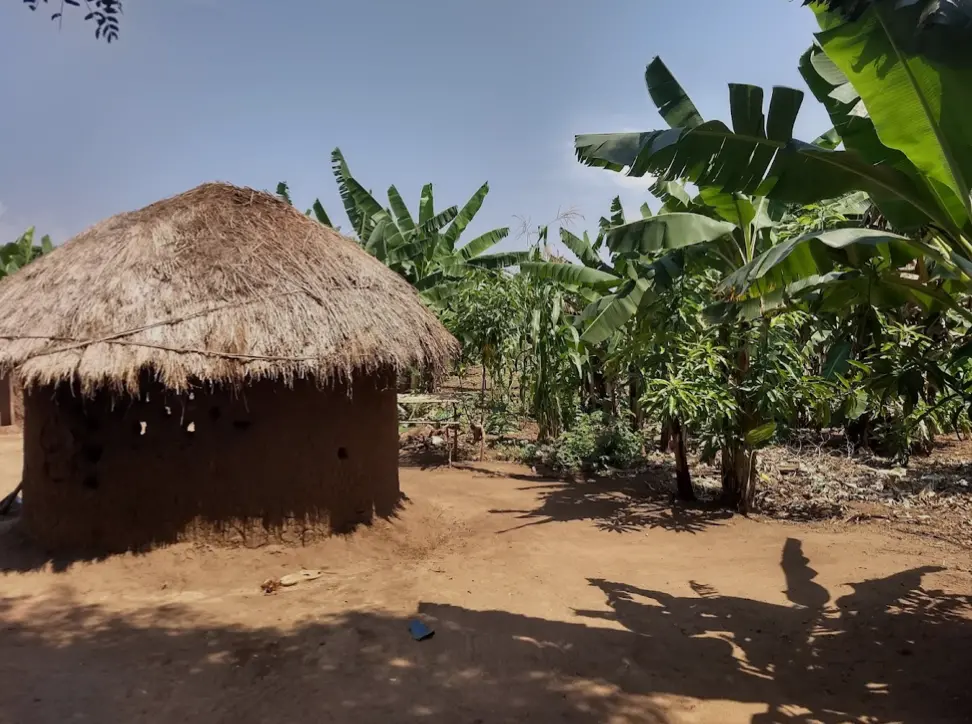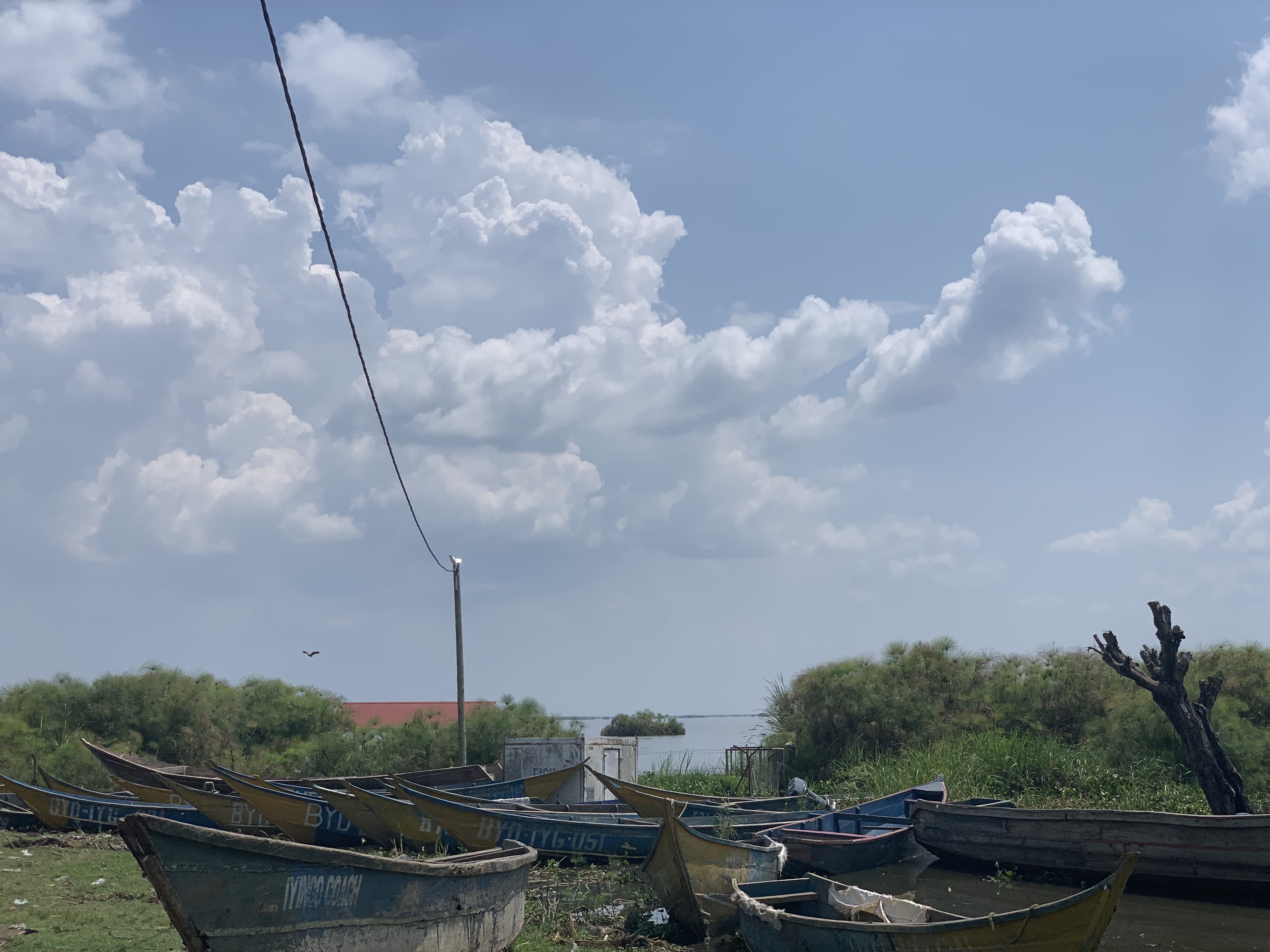Though I knew it was an old but common misconception that schistosomiasis, a waterborne parasitic worm infection, stems from witchcraft, I was surprised to hear it in my conversation with 79-year-old Namuwaya Kafuko from Bulondo village.
Located in eastern Uganda below Lake Kyoga, Bulondo was one of many rural villages I visited to survey people’s beliefs and practices regarding parasitic worm infections. I was hoping to learn how these infections could be eliminated in the region.

Sitting on a mat under the shade of a tree near her house, Kafuko told me disheartening stories of those suffering from schistosomiasis who could not get treated due to belief in witchcraft. When I inquired about how prevalent Kafuko thinks schistosomiasis is in her community, she talked about a 16-year-old in her village who recently died with an extremely swollen stomach (a common symptom of schistosomiasis). No one helped the child for fear of being bewitched. I was told there have been many similar cases in the region.
My conversation with Kafuko reminded me of another exchange I heard in the nearby village Mpunde. In a focus group discussion on parasitic worm infections, farmer Waiswa Richard blamed elephantiasis, which is caused by roundworms, on witchcraft as well: “When you are passing through someone’s garden and the owner protects it with witchcraft, the witchcraft bewitches you and the legs starts to swell.”
I was struck by other things that came up as I spoke with Kafuko.
Kafuko said she has been struggling with an unspecified parasitic worm infection since she was 60 years old. Doctors told her that the infection is the root of her hernia, high blood pressure, joint pain, and muscle pain, even though many of these conditions and symptoms are not associated with parasitic worm infections.
Upon discussing ways she has tried to seek treatment, Kafuko mentioned a plant she used to grow that could cure tuberculosis, schistosomiasis, and many other diseases. She was hoping the same plant would rid her of her infection. To her dismay, however, she has not been able to cultivate it since the land is too dry.
I also found deworming pills are gradually becoming more accessible in Kafuko’s region, which may aid the community in their fight against parasitic worm infections.










